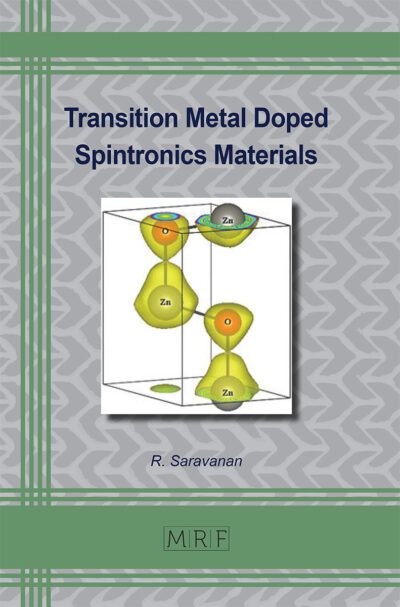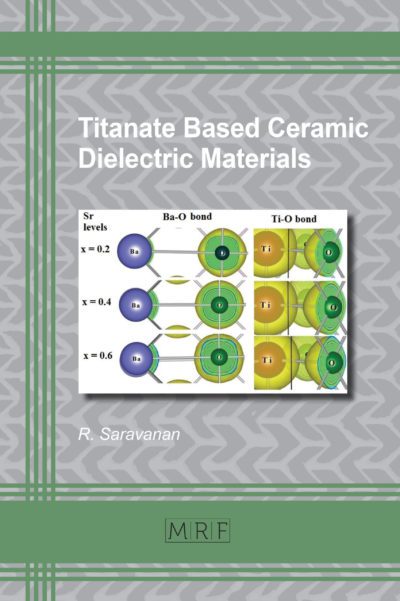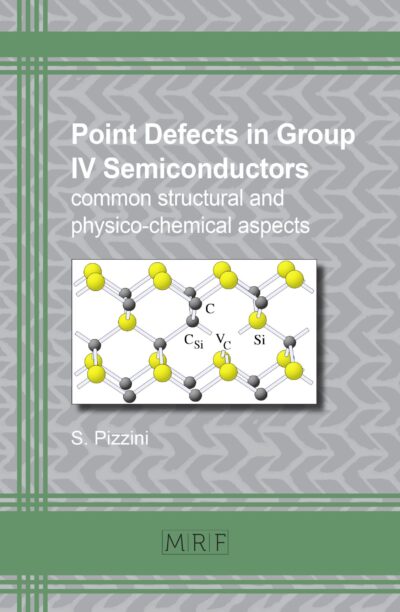Titanate Based Ceramic Dielectric Materials
R. Saravanan
Materials Research Foundations Volume 25
Publication Date 2018, 168 Pages
Print ISBN 978-1-945291-54-8 (release date February 25th, 2018)
ePDF ISBN 978-1-945291-55-5
DOI: 10.21741/9781945291555
Barium titanate is one of the most important electronic materials; due to its high permittivity, low dielectric loss and high tunability. The environment friendly material is suitable for microphones and microwave device applications such as tunable capacitors, delay lines, filters, resonators and phase shifters.
Doped titanates are extensively used for various electronic devices, such as transducers, piezoelectric actuators, passive memory storage devices, dynamic random access memory (DRAM), multilayer ceramic capacitors (MLCCs), positive temperature coefficient resistors (PTCR), optoelectronic devices and infrared sensors.
The book presents research results concerning the electron density distribution in a number of doped barium titanate ceramic materials using experimental X-ray diffraction data, UV-visible spectrophotometry (UV-vis), scanning electron microscopy (SEM) and energy dispersive X-ray spectroscopy (EDS). The analysis of interatomic bonding and electron density distribution is important for predicting the properties of potentially important materials and has previously been lacking for the materials studied.
Keywords
Barium Titanate, Barium Titanate Doping, Dielectric Ceramics, Permittivity, Tunability, Transducers, Piezoelectric Actuators, Memory Storage Devices, Multilayer Ceramic Capacitors, Optoelectronic Devices, X-Ray Diffraction Data, UV-Visible Spectrophotometry, Energy Dispersive X-Ray Spectroscopy, Interatomic Bonding, Electron Density Distribution, Ceramic Property Predictions.














